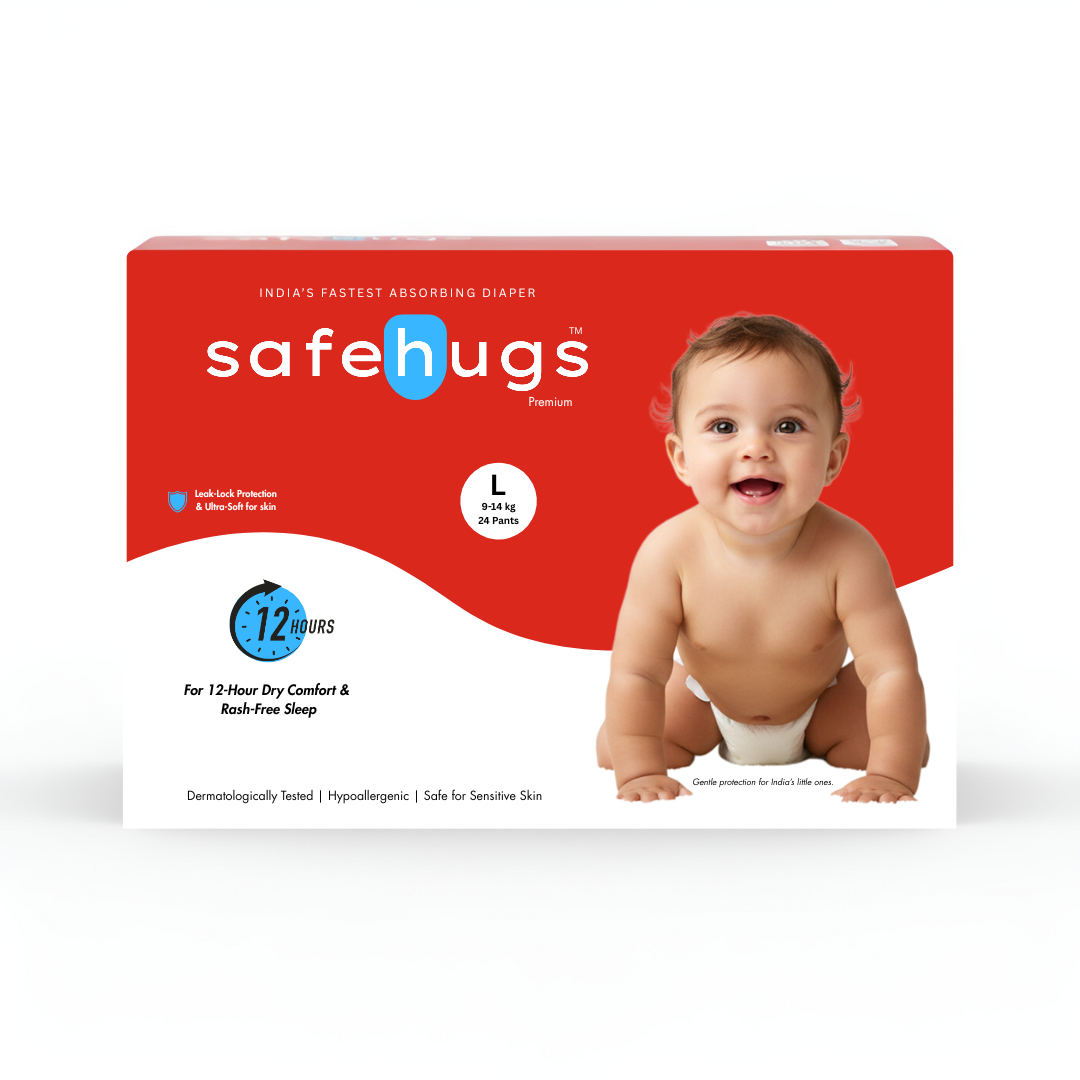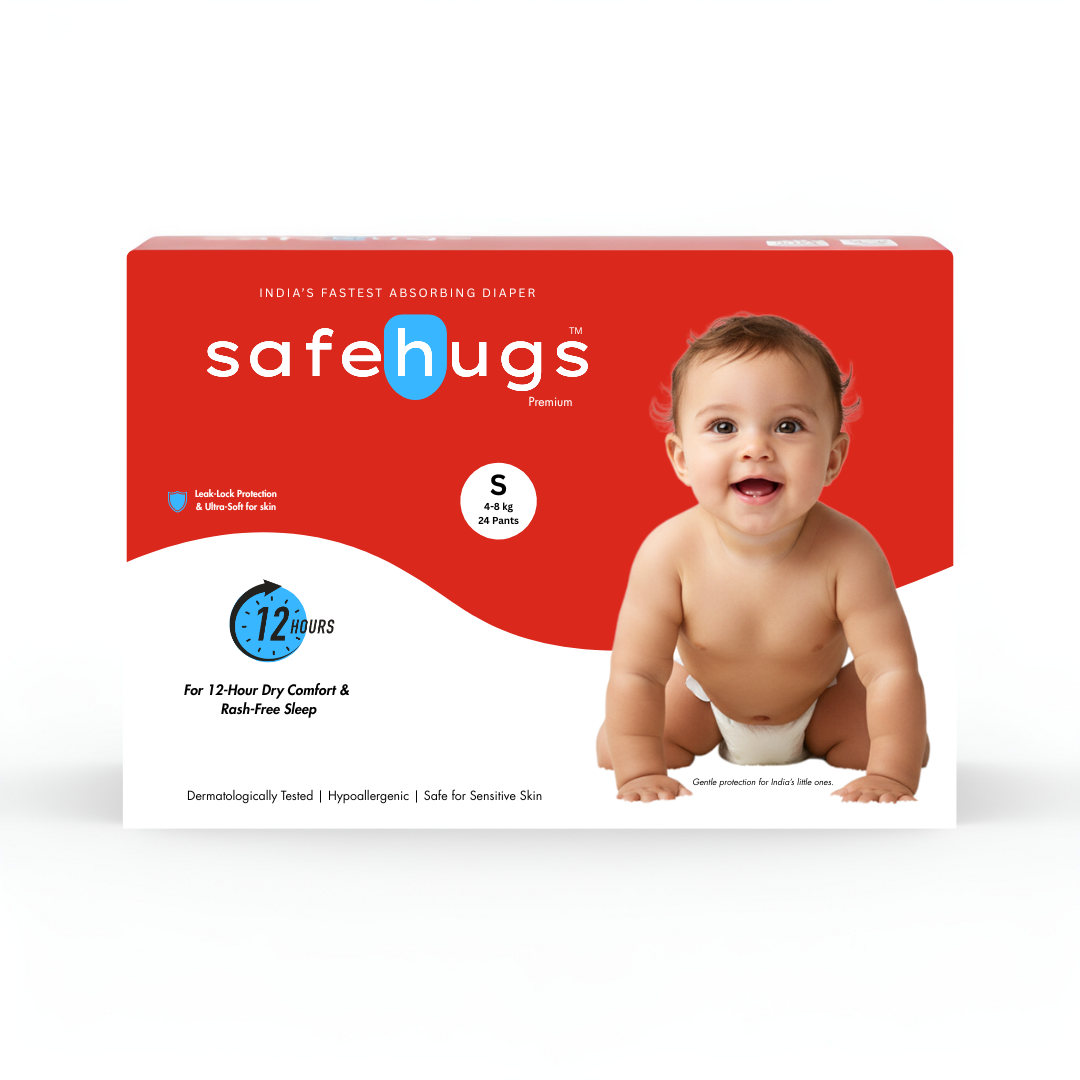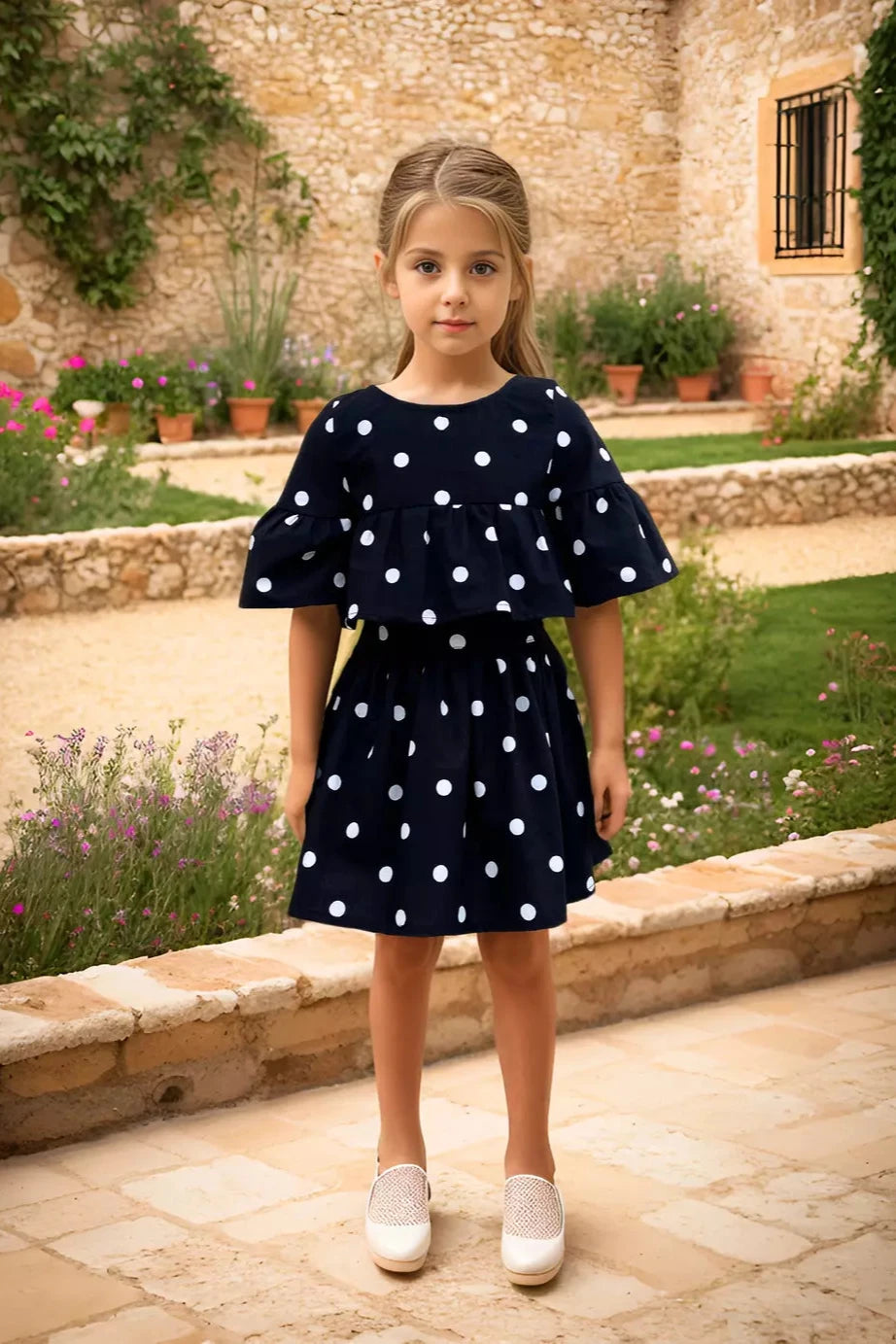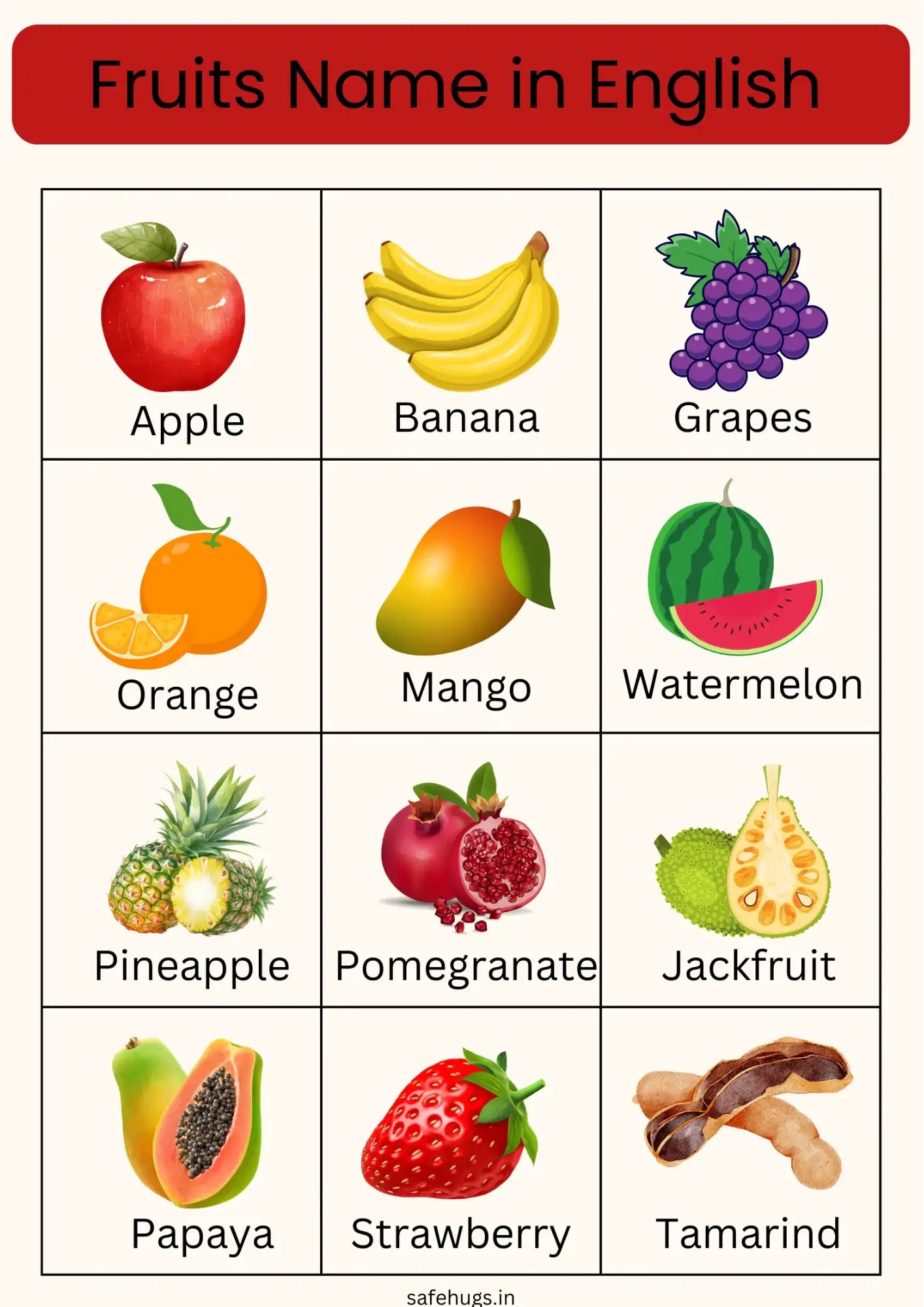Fast Ways on How to Teach a Child to Read
Teaching a child to read is one of early education's most rewarding and critical milestones. For children, learning how to read unlocks doors to endless knowledge and creativity. Early reading is vital for building literacy skills, enhancing comprehension, and supporting overall cognitive development. Research by the College of Education University of South Florida consistently shows that introducing reading at a young age can lead to long-term benefits.

Reading fluency is not only essential for academic success but also forms the foundation for learning other subjects. This guide will share 11 smart techniques to teach a child to read. We will focus on using phonics, phonological awareness, and daily reading. These strategies will help your child become a fluent reader.
Embarking on Homeschooling? Your Comprehensive Guide to Success!
Table of Contents
11 Fast and Smart Techniques to Teach a Child to Read
1. Focus on Letter Sounds Over Letter Names

When teaching a child to read, the key is to emphasize letter sounds (phonemes) rather than simply teaching letter names. For instance, instead of focusing only on the name of the letter "M," teach that "M" makes the "mmm" sound. This approach develops phonological awareness, which is essential for decoding words. Children learn how to blend letter sounds to form words, which is a critical step in learning to read.
Phonics instruction helps beginning and struggling readers by breaking words into smaller sounds. These would be the first things to teach Children. With strong phonemic awareness, they can read unfamiliar words more easily. This leads to better reading fluency.
I highly recommend watching this video by “Toddlers Can Read” which beautifully explains the importance of phonemic awareness in early literacy development. It provides engaging insights into how understanding sounds in words can significantly improve reading skills.
The visuals and examples used are particularly helpful for parents and educators looking to enhance their teaching methods. If you're interested in fostering strong reading skills in young learners, this video is a great resource!
2. Use Uppercase Letters First
Introducing uppercase letters first is a helpful strategy for preschoolers and young learners. Uppercase letters are often easier for children to recognize and remember. For instance, "M" and "W" are simpler to tell apart than their lowercase versions. This can be confusing for early readers, like with "b" and "d."

After kids learn uppercase letters, start introducing lowercase ones. This links both forms and strengthens their alphabet knowledge. It's crucial for reading and writing.
3. Use Letter Cards or Toys
Hands-on tools like cards cut in the shape of letters or alphabet toys can boost your child's letter recognition and phonemic awareness. These tools make learning more interactive and fun. For example, create games with letter cards to match letters with sounds. Additionally, encourage your child to build simple words, such as "cat," "dog," or "sun."
These activities help children learn consonant and vowel sounds. They improve their understanding of short vowels and learn basic words. Letter magnets, alphabet blocks, or foam letters make reading lessons fun.
Duolingo ABC is a fantastic app for preschoolers and young readers starting to learn to read. It offers fun, bite-sized lessons focusing on phonics, sight words, and letter recognition. What I love most is its gamified structure, which keeps kids motivated with engaging illustrations and animations, unlocking new levels as they progress.
The ad-free experience is also a big plus for parents, ensuring that kids stay focused on learning. This combination of fun, structured lessons and progression makes it a great tool to improve reading skills!
Learn phonics through interactive images and drag-and-drop letters, with progressive levels and digital book lessons for easy progress tracking.



4. Incorporate Phonics and Phonemic Awareness

Phonics instruction is one of the most effective and fastest ways to teach a child how to read. Phonics teaches children how letters match sounds. This skill helps them read new words. It also shows them how to blend sounds and spot patterns in English.
Phonemic awareness is the ability to hear, identify, and manipulate sounds in words. It is crucial for early literacy. Activities like clapping syllables or counting phonemes can help. So can sound-matching games. They boost phonemic awareness. Children with strong phonological awareness are better at decoding and reading words.
Starfall Learn to Read is a fantastic app for early readers, especially for teaching phonics. Its engaging animations bring words to life, helping kids connect letters with sounds. What I love most is how it combines phonics with interactive reading activities, making it easy for children to click on letters, hear sounds, and see words sounded out in colorful ways. It's perfect for young learners needing a simple, interactive approach to reading.
The app's interactive lessons feature a drag-and-drop functionality that teaches children to form words and recognize letter sounds, promoting phonological awareness and reading skills.



5. Build Vocabulary Through Conversations
Building a rich vocabulary is essential for reading comprehension and overall literacy. A simple way to boost your child's vocabulary is to talk daily. Talk to your child about the world around them and encourage them to have sound conversations with other kids. Use new words in context to help them understand and remember them.

Storytelling and asking open-ended questions encourage your child to use descriptive language. This will enhance their oral language skills. As they learn new words, their grasp of written language grows. This helps them decode and understand words in books and become a free reader.
Research by Isbell et al. (2004) shows that storytelling significantly enhances children's vocabulary by actively engaging them. Children who listened to stories demonstrated better vocabulary and picked up reading fluency than those who only read texts. This interactive method helps children learn new words through context, boosting retention and language development.
Struggling to Teach Social Skills to kids? Expert Tips Inside!
6. Teach Sight Words
Sight words are the first words to teach any child. They are high-frequency words that appear frequently in texts but don’t always follow regular phonics rules (e.g., "the," "was," "said"). Learning sight words helps children read more quickly and fluently, as they don’t need to stop and decode every word. Knowing sight words makes reading easier for new readers.
Use sight word flashcards, worksheets, or online games to practice these common words with your child. Aim to teach 3-5 new sight words a week, using repetition and visual aids to reinforce memorization. Building a strong foundation of sight words helps children read and comprehend stories more easily.
Pro Tip:
Use sight word flashcards but turn it into a game! Bingo or scavenger hunts can make memorizing these common words fun, helping kids recognize them faster.
If you're looking for fun ways to help your child master sight words, I'd recommend checking out this article 10 Clever Games to Help Your Child Learn Sight Words.
It offers creative, engaging activities like sight word bingo, memory games, and scavenger hunts that make learning interactive and enjoyable. These games not only boost word recognition but also improve reading fluency in a playful environment.
7. Use Songs and Rhymes to Build Phonemic Awareness
Songs, nursery rhymes, and rhyming games are great for developing phonemic awareness. It is essential for early reading. Songs' repetition and rhythm help children hear sounds in words. This makes it easier for them to decode words when they start reading.

For example, rhyming songs like "Twinkle, Twinkle, Little Star" and "The Itsy Bitsy Spider" help kids see patterns in language. They also help kids learn word families, like "cat," "bat," and "hat." Singing songs together improves both phonics skills and listening comprehension.
From Babble to Conversation: How to Teach Kids Effective Communication?
8. Engage Kids with Letters in Real-Life Contexts
Incorporating reading into everyday life helps reinforce literacy skills in practical, real-world ways. Point out letters, words, and signs during outings or everyday tasks. For instance, ask your child to read letters on a street sign, recognize names on billboards, or sound out words on food packaging. This hands-on approach shows kids that literacy is vital to daily life. It helps them practice decoding words in a meaningful context.
For added fun, you can ask your child to help read caller names on the phone or read out menus when dining out. These experiences make reading relevant and engaging, enhancing your child's motivation to learn.
Reading Eggs is a highly effective app, especially for children needing structured learning. It blends phonics, sight words, and comprehension in a fun, interactive way. I appreciate its clear, progressive path, guiding kids from beginner to fluent readers. The quizzes, games, and rewards keep children motivated, with lessons designed to maintain their attention. It covers a wide range of reading levels, from preschool up to third grade, making it a great long-term tool.
9. Play Word Games at Home
Playing word games at home is a great way to teach reading in a relaxed, enjoyable environment. Games, like making words with playdough or matching letter cards, can boost phonemic awareness and letter recognition. So can using magnetic letters. You can also use games focused on syllables, vowel sounds, or rhymes to improve your child's reading skills.

Games that involve sounding out words, finding matches, or reading aloud help kids practice decoding. This improves their reading fluency. Make it a game. See how many new words your child can make with letter cards or tiles.
10. Practice Shared Reading

Shared reading is a great way to inspire a love of reading. It also teaches important literacy skills. In shared reading, parents or caregivers read a story aloud. The child follows along. This helps build word recognition and improve comprehension. You can also alternate reading pages or paragraphs. This will encourage your child to practice reading aloud.
For early readers or those with reading difficulties, shared reading helps. It eases the pressure of reading alone and models fluent reading. Children learn how words sound in sentences. This improves their decoding skills and comprehension. Repeated reading of familiar books builds reading confidence and fluency.
Pro Tip:
Be a Reading Role Model: Children imitate their environment. Show your child that reading is fun and important by reading books, magazines, or newspapers in front of them regularly.
11. Keep Reading Fun and Low-Pressure
The most important part of teaching children to read is to keep it enjoyable. Reading should feel like a rewarding experience, not a chore. Avoid pushing your child too hard or expecting immediate results. Instead, focus on quality over quantity. Short, regular practice is better than long, intense sessions. They may overwhelm your child.
Use games, interactive activities, and reading apps to keep things light and fun. Add reading to daily routines. For example, read bedtime stories or read while waiting at the doctor's. By making reading a natural and enjoyable part of life, you can foster a lifelong love for books.
Pro Tip:
Encourage Curiosity: Let your child pick books that interest them. When curious about a topic, kids are more likely to be motivated to read and engage with the text.
Learn with Peppa Pig is a fun, interactive app that uses beloved characters to teach young children foundational skills like reading and numbers. Its story-driven approach, combined with mini-games, keeps kids engaged while reinforcing essential early literacy and numeracy concepts in a playful, easy-to-understand way. Ideal for preschoolers!
Why Is It Important for a Child to Read?
Reading is crucial for a child’s intellectual and emotional development. Reading boosts literacy, helps kids learn new words, and improves understanding. Most kids start reading between the age of 5 - 7, while some start earlier, but there is no minimum age for reading, everything takes time and practice.
Early reading builds vocabulary, enhances writing, and sparks curiosity. For preschoolers, it paves the way for academic success. For first graders and new readers, it aids in grasping complex ideas and solving problems.
Reading also promotes creativity, empathy, and critical thinking. Ultimately, reading fluency provides children with the tools they need to succeed in school and beyond.
Make the First Day of School a Breeze: Practical Advice for Parents!
5 components of Reading

An understanding of the key components of reading is vital for fostering strong literacy skills in children. The five essential elements work together to build a solid reading foundation. Each component plays a significant role in helping children decode words, expand their vocabulary, read smoothly, and ultimately understand what they read. By emphasizing these elements, parents and educators can better support young readers in their development.
For a deeper understanding of each component of reading and its significance in literacy development, I highly recommend checking out the full article on Reading Eggs. It provides valuable insights into how these components work together to enhance reading skills. You can find the article here.
6 Games for kids to play at home to enhance their reading skills (Available on Amazon)
- Sight Word Bingo: A fun way to build word recognition. Each player has a bingo card filled with sight words, and as the words are called out, they mark them. This game enhances quick recall of common words essential for reading fluency.
- Crossword: A classic puzzle game that encourages spelling and comprehension. By solving clues and filling in words, children learn word definitions and practice reading in context. Click here to buy.
- Hangman: A guessing game where players figure out a hidden word by guessing letters. It helps with vocabulary building, spelling, and learning how words are structured. Play Hangman on your device! Learn, bond, and have fun together.
- Treasure Hunt: Write clues with sight words or short sentences and hide them around the house. Children read the clues to find the next one, boosting their reading skills while having fun with an interactive treasure hunt.
- Word Ladder: Players start with one word and change one letter at a time to form new words (e.g., CAT to COT to HOT). It helps with phonics, spelling, and recognizing patterns in words.
- Word Search: A fun puzzle where kids find specific words hidden in a grid. It enhances word recognition, and spelling, and sharpens focus, making it a great way to improve reading speed while playing. Click here to buy.
Teaching a child to read requires patience, creativity, and consistency. But, it's one of the most rewarding skills you can impart. You can help your child become a fluent, confident reader.
Focus on phonics, build vocabulary through conversation, and use fun, daily reading activities. Whether you use phonics, read aloud, or play word games, remember: that reading should be fun. With time, practice, and the right strategies, your child can become a strong reader. These skills will serve them for life.
Pro Tip:
Start Early but Follow Their Pace: Begin exposing children to letters and sounds as early as possible, but never rush the process. Let their interest guide the way, so reading becomes a joy, not a chore.
Research by The American Academy of Pediatrics clearly shows that practice is vital for children to develop effective reading skills.
Early and consistent reading, particularly when shared with adults, enhances vocabulary, comprehension, and overall literacy. Regular reading activities help children reinforce their decoding skills, improve fluency, and gain confidence as independent readers.
FAQ'S
At what age should a child be able to read?
Most children begin reading around ages 5-7, though some may start earlier. Early literacy skills, such as recognizing letters and sounds, often develop before formal reading.
How to motivate a child to read?
To motivate a child to read, make it fun! Offer books on topics they love, read together regularly, play word games, and celebrate their progress with praise and encouragement.
What are the first words to teach a child to read?
Start with simple sight words like "the," "and," "it," "cat," and "dog." These common, easy-to-recognize words are often found in beginner reading books and materials.
Why can't my 7-year-old read?
A 7-year-old may struggle with reading due to lack of practice, learning difficulties like dyslexia, or challenges with phonics. Consider seeking professional evaluation if progress is slow.
What are the three warning signs of dyslexia?
Difficulty with letter-sound correspondence, slow or hesitant reading, and trouble spelling are three common early signs of dyslexia in young learners.
































